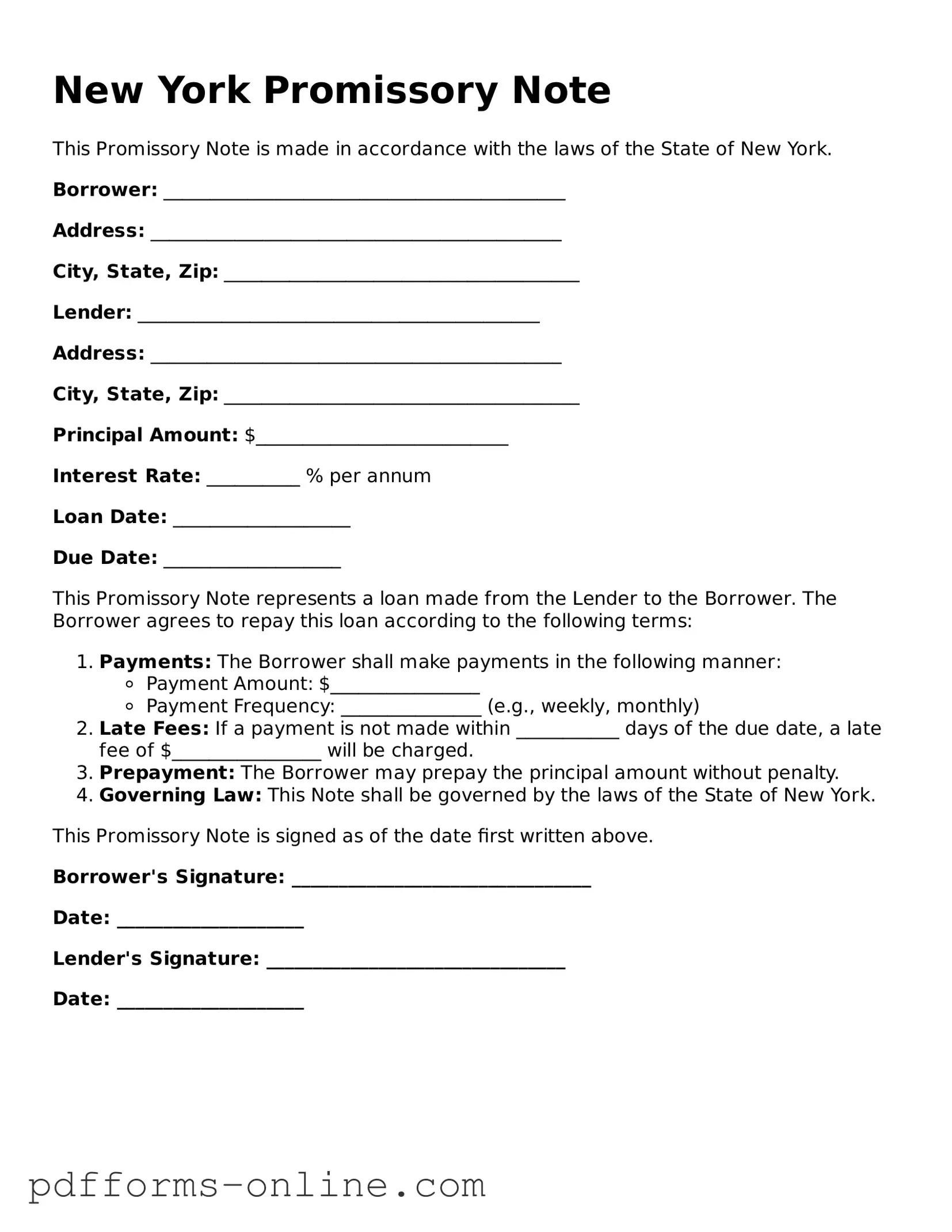A loan agreement is a document that outlines the terms and conditions under which a borrower receives funds from a lender. Like a promissory note, it specifies the amount borrowed, the interest rate, and the repayment schedule. However, loan agreements tend to be more comprehensive, often including clauses related to collateral, default conditions, and remedies available to the lender. This added detail provides both parties with a clearer understanding of their obligations and rights throughout the loan process.
A mortgage is another document closely related to a promissory note. In essence, a mortgage secures the promissory note by tying the loan to a specific piece of real estate. While the promissory note represents the borrower's promise to repay the loan, the mortgage serves as a legal claim against the property. If the borrower defaults, the lender has the right to foreclose on the property, making the mortgage a critical component of real estate transactions.
An IOU, or "I owe you," is a simpler form of a promissory note. It acknowledges a debt but typically lacks the formal structure and detailed terms found in a promissory note. While an IOU can serve as evidence of a debt, it may not include specifics like interest rates or repayment schedules. This informality makes IOUs more suitable for casual or personal loans, whereas promissory notes are often used in more formal lending situations.
A personal guarantee is a document in which an individual agrees to be personally responsible for a debt or obligation. Similar to a promissory note, it ensures that the lender has recourse if the primary borrower defaults. Personal guarantees often accompany business loans, where the lender seeks additional assurance that they will be repaid. This document reinforces the lender's position, much like a promissory note does for individual loans.
A security agreement is a legal document that grants a lender a security interest in specific assets of the borrower. This is similar to a promissory note in that it establishes a financial obligation. However, while the promissory note outlines the terms of repayment, the security agreement details the collateral that secures the loan. This dual-layer protection ensures that the lender has a claim to the borrower's assets in the event of default.
A bond is a formal contract between a borrower and a lender where the borrower promises to pay back borrowed funds at a specified time, usually with interest. Like a promissory note, a bond represents a promise to repay. However, bonds are typically issued by corporations or governments and can be traded in the financial markets, adding a layer of complexity and liquidity that a standard promissory note does not possess.
In addition to these important contracts, it is essential to explore related legal documents, such as the Hold Harmless Agreement, which plays a vital role in protecting parties from liability. This form, especially relevant in New York, is designed to prevent one party from holding the other accountable for any potential harms that might occur during an engagement. For more information on this crucial legal document, visit https://onlinelawdocs.com.
A lease agreement may also share similarities with a promissory note, particularly in the context of rental payments. Both documents outline a promise to pay a specified amount over a defined period. While a promissory note pertains to loans, a lease agreement governs the rental of property. The lease typically includes terms regarding the duration of the rental, maintenance responsibilities, and conditions for termination, adding more detail than a standard promissory note.
Finally, a credit agreement is a document that establishes the terms of a credit relationship between a lender and a borrower. Similar to a promissory note, it specifies the amount of credit extended, interest rates, and repayment terms. However, credit agreements often include provisions for future borrowing, fees, and conditions under which the lender can terminate the credit line. This makes credit agreements more complex than standard promissory notes, which usually pertain to a single loan transaction.
